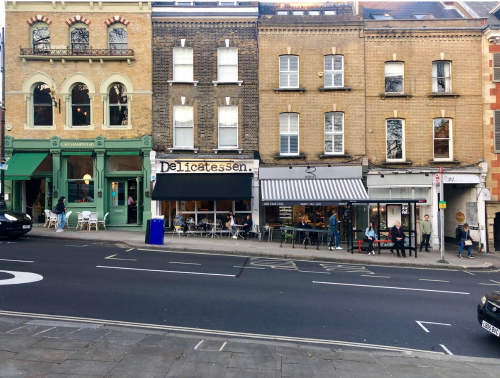
When negotiating a commercial lease, the duration of the term, the inclusion of a break right, and the provision of rent-free periods are among the most important considerations. These terms are crucial in striking a balance between the interests of landlords and tenants, ensuring both flexibility and commercial practicality. This article examines some of the legal and commercial factors at play.
How Long Should a Commercial Lease Last?
The length of a lease is a fundamental aspect of any tenancy agreement. To be identified as a lease, the agreement must have a certain and defined maximum duration at the outset to be valid.
From a commercial perspective, landlords can often favour both long and short lease terms depending on the type of property involved. For instance, in the retail sector, it is usual for a relatively short lease to be agreed with a start-up tenant. This provides certainty for both landlord and tenant, but can also be detrimental in terms of the short-term uncertainty each party accepts with such an arrangement.
Parties should be cautious in viewing the term of the lease as a definitive condition. Due to the protections afforded to tenants under the Landlord and Tenant Act 1954, tenants under ‘protected’ leases can stay in occupation of the property long after the end of the stated term of the lease through a process known as ‘holding over’.
What Is a Break Clause & How Does It Work?
Break clauses introduce flexibility by allowing either party to terminate the lease early. For tenants, a well-drafted break clause provides an exit strategy if the premises cease to meet their operational needs. However, tenants must ensure that they can relocate within the notice period and comply strictly with any conditions attached to the break right.
For landlords, agreeing to a tenant’s break clause can be a strategic choice:
- refusing a break right, therefore reducing the risk of long-term vacancies; or
- approving a break right, therefore securing a higher rent in exchange for affording the tenant flexibility.
What Are Rent-Free Periods & Why Are They Granted?
An agreed time at the start of a lease when the tenant doesn’t have to pay rent. Rent-free periods are a common feature of commercial leases, typically granted to tenants to allow time for fitting out and preparing the premises for occupation. From a landlord’s perspective, such periods can be advantageous where tenant improvements enhance the property’s long-term value. However, the parties should consider how these periods interact with other lease terms.
Negotiating lease terms relating to duration, break clauses, and rent-free periods requires careful consideration of both parties’ commercial objectives. Landlords will typically seek stability and income certainty, while tenants prioritise flexibility and operational freedom. By addressing these key terms transparently and ensuring that each provision is clearly drafted and commercially balanced, both parties can achieve a lease structure that supports their respective goals and reduces the risk of future disputes.
At Howell Jones Surrey solicitors, we advise both landlords and tenants based on their individual circumstances and their business priorities. Whether you are negotiating a new lease or reviewing an existing one, please contact our commercial property solicitors in Surrey by telephone on 0800 011 9813 or by email to kiran.notay@howell-jones.com or nathan.chalmers@howell-jones.com for practical, expert advice tailored to your needs.